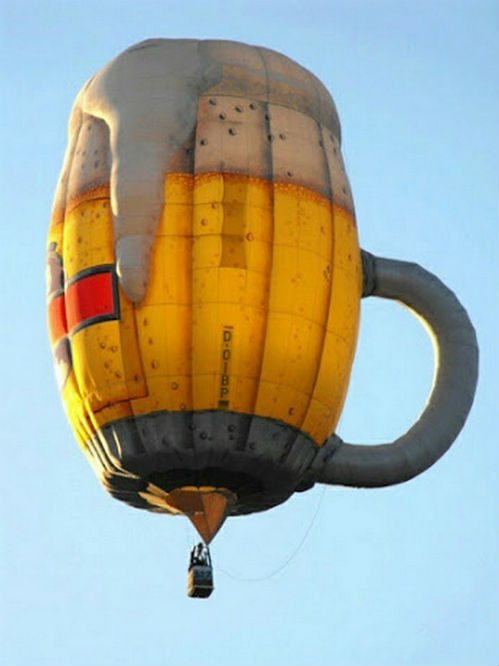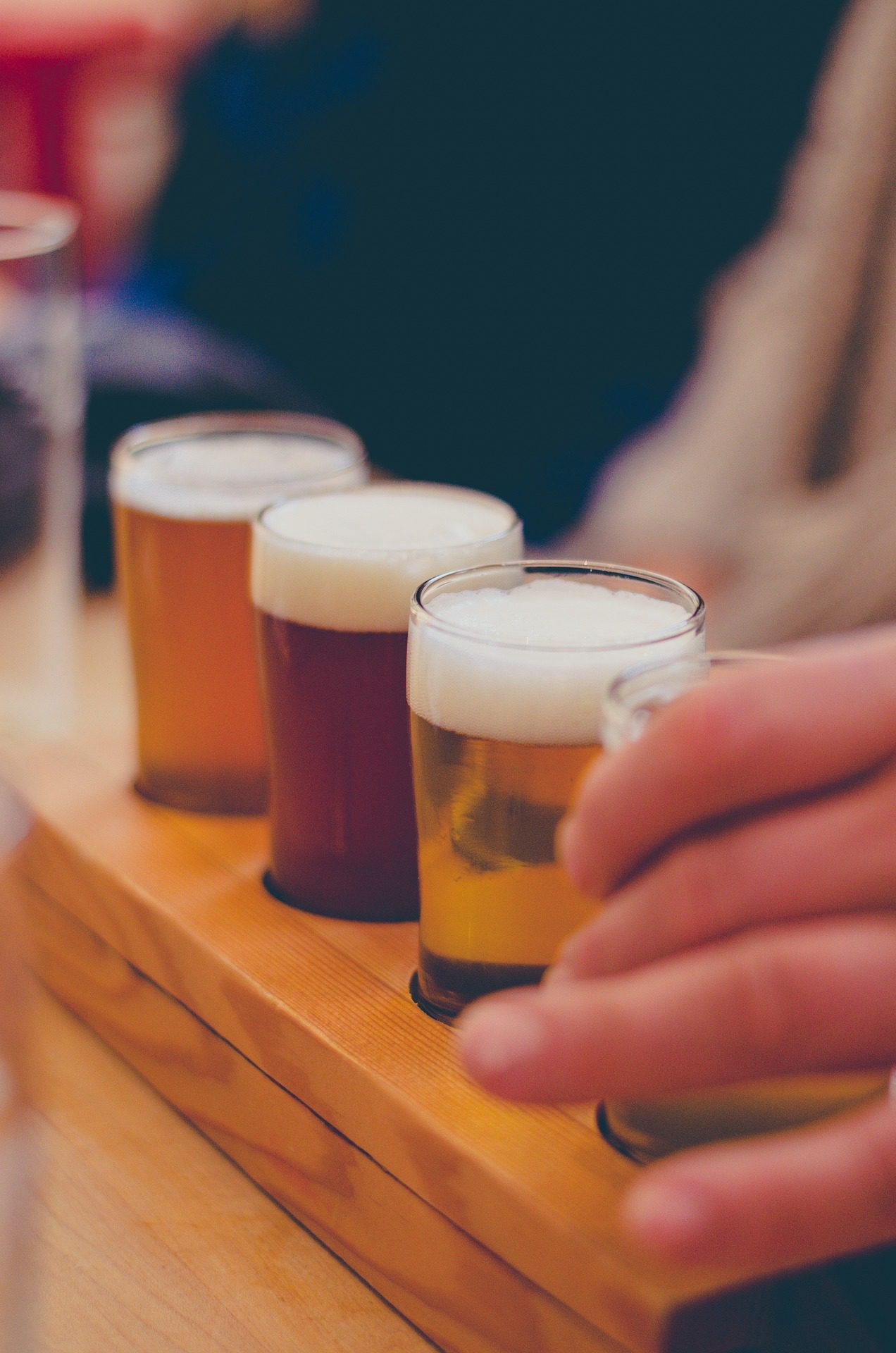BEER BASICS: ALES VS LAGERS

As a novice craft beer drinker, I will admit my education on craft beers has been spotty. Truth be told, until a few years ago I couldn’t have told you the difference between a stout and a pilsner. If you want to enjoy craft beers, you really should educate yourself on all the different options and styles that are available. When I first started sampling craft beers I thought “beer is beer”. Oh, foolish mortal! I recommend that once you have a basic foundation of beer knowledge, to try as many different styles of beer until you find the ones that give you the most enjoyment.
So let’s build on that foundation. Beer basics 101. Today’s lesson: the difference between ales and lagers.
Beers generally fall into two categories; they are either an ale or a lager. Ales are the oldest style and have been around for several millennia, while the lager style is less than two hundred years old. You don’t need to know this to enjoy a beer. But you can use this knowledge to impress your friends the next time you gather at your local watering hole.
style and have been around for several millennia, while the lager style is less than two hundred years old. You don’t need to know this to enjoy a beer. But you can use this knowledge to impress your friends the next time you gather at your local watering hole.
The primary difference between lagers and ales is in the different type of yeast that is used in the fermentation process, and the temperature that the beer is fermented at. These yeasts have official names, but for simplicity’s sake let’s just call them lager yeasts and ale yeasts. Let’s start with the oldest beer style first.
- Ales are typically fermented between 55-70 degrees Fahrenheit. This warmer and faster fermentation process helps create a “fruity” aroma (called esters) as well as other fermentation by-products. These esters are a big reason why ales generally tend to have more flavor than lagers. Brewers are able to add other essences such as cinnamon, orange or coriander to ales to add even more flavor, hopefully without overwhelming your palate. By increasing the amount of hops to the process the brewer can also make the beer more bitter.
Examples of ales include Pales, Stouts, IPAs and Porters.
- Lagers are usually fermented between 38-50 degrees Fahrenheit. The lower temperature lengthens the fermentation and aging process, and inhibits the yeast from producing esters. Thus, lagers are typically “cleaner”, more mellow and less flavorful then ales. They also tend to be more naturally carbonated than their ale cousins. Many of the old standbys, such as Coors, Miller and Budweiser, are lagers. These particular beers are called American pilsners and are considered “thin” and generally bland. However, there are several styles of lagers that, while usually not quite as flavorful as ales, are nevertheless quite tasty.
More flavorful lager styles include Bocks, Rauchbiers and Oktoberfests.
I just want to point out that these are generalizations. Some lagers might be more flavorful that an ale; or an ale can be a clean, simple and refreshing beer. As you try different types and brands of beer, you will find that there is a dizzying array of options. That’s what makes experimenting so much fun, because each new beer you try is like unwrapping a present. It could be something awesome, like a new smart phone, or it could be socks. But once you have a better idea of what you like, the less chance the beer you pick will be socks. So start unwrapping those presents!
Comments are as always very welcome. While I am diligent about my research I do make mistakes. So, if I got anything wrong please don’t hesitate to let me know so I can correct it.
Cheers!

